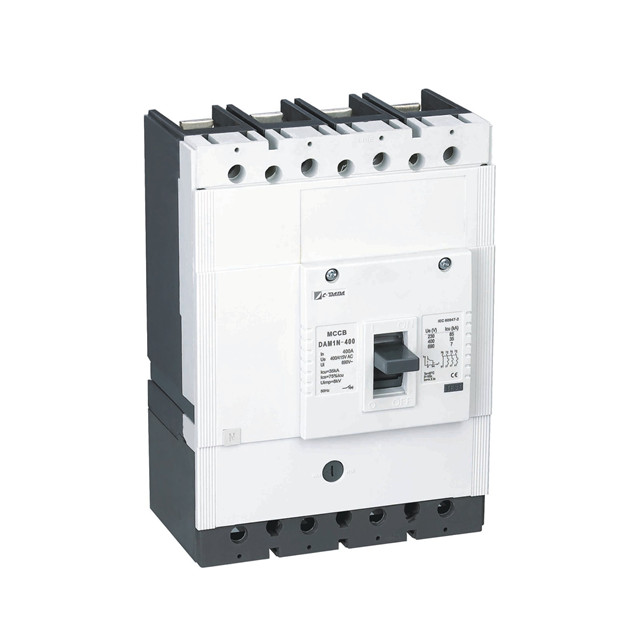In the field of electrical systems, circuit breakers play a vital role in ensuring the safety and reliability of the entire installation. These devices are designed to protect circuits from damage caused by overcurrent and short circuits. Understanding how circuit breakers work is critical for anyone involved in the design, installation, or maintenance of electrical systems.
Essentially, a circuit breaker is a switching device that automatically interrupts the flow of electricity in a circuit when an abnormal condition is detected. This anomaly could be an overload (current exceeding the circuit’s rated capacity) or a short circuit (a low-resistance path is created, causing a sudden surge in current).
The working principle of a circuit breaker revolves around its ability to sense these abnormalities and act quickly to break the circuit, thereby stopping the flow of electricity. This is achieved through the use of tripping mechanisms designed to respond to specific fault conditions.
One of the key components of a circuit breaker is the thermal-magnetic trip unit. The device consists of a bimetallic piece and an electromagnet. When an overload occurs, the bimetal heats up and bends, causing the tripping mechanism to activate and open the circuit. In the case of a short circuit, a sudden increase in current creates a magnetic field that triggers the tripping mechanism, causing the same result – the circuit is opened to prevent further damage.
Another important aspect of how a circuit breaker works is its ability to reset after tripping. Once the fault condition is cleared, the circuit breaker can be manually or automatically reset to resume current flow. This feature ensures that the electrical system can return to normal operation without the need for replacement or extensive repairs.
When selecting the appropriate circuit breaker for a specific application, it is important to consider factors such as load type, fault current level, and overall system requirements. There are different types of circuit breakers such as moulded case circuit breaker, miniature circuit breakers, air circuit breakers, etc. to meet various needs and specifications.
In summary, understanding how circuit breakers work is critical to ensuring the safety and reliability of your electrical system. These devices play a critical role in protecting circuits from overcurrent and short circuits, and their advanced capabilities provide valuable insights for maintenance and troubleshooting. By selecting the correct circuit breakers and following correct installation and maintenance practices, electrical systems can operate efficiently and safely, minimizing the risk of damage and downtime.
Post time: Jul-20-2024

